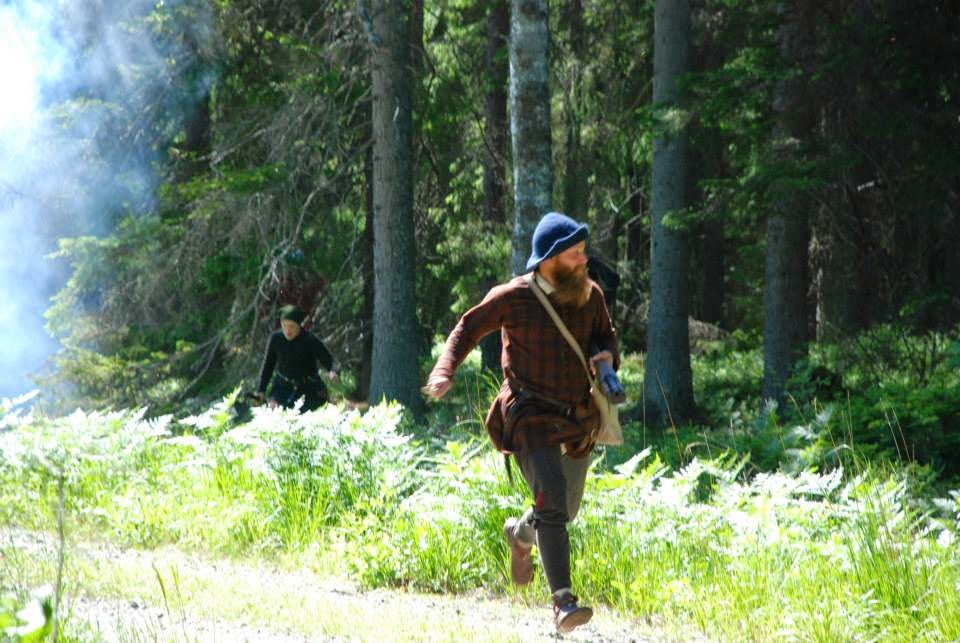 Long time no see(or long time no siege for those of you who played too much Age of Empires II). As most of you know, the battle of Azincourt took place on October 25th for 600 years ago and this was celebrated this summer on the battlefield.
Long time no see(or long time no siege for those of you who played too much Age of Empires II). As most of you know, the battle of Azincourt took place on October 25th for 600 years ago and this was celebrated this summer on the battlefield.Our company focuses on the English soldier during the Wars of the roses and the Burgundian wars but as an English archer you can't miss an event like this. So we gathered a small buss of excited people and took our bows through the south of Sweden, Denmark, Germany, the Netherlands, Belgium and finally a lot of small villages to end up on a muddy field in northern France. Rain, thunder and cold weather harassed us the whole week but that didn't stop us from reenacting the battle, shooting the Big shoot or shooting in the warbow display.
And I must say we were of the best English archers on the field. Many of the archers did not meet the required standards... One night I had the most surrealistic experience of my life... A party at the museum with hundreds of great reenactors, disco music and free beer. One of many memories from a great trip.


I don't think this could have happened without the help of The free Company of Aquitaine. They did a great job! https://www.facebook.com/FreeCompanyOfAquitaine?fref=ts
Albrechts Bössor were kind to let our small group of ragged archers share their food, many nights were spent in their camp drinking and playing games. https://www.facebook.com/albrechtsbossor?fref=ts
Annie took some photos that you can find here:https://www.flickr.com/photos/8938997@N05/sets/72157659663199815
Some photos from Albrechts Bössor: https://www.facebook.com/VixHq/media_set?set=a.10203971662885784.1073741840.1649060529&type=1&l=ddfa064539
"We few, we happy few, we band of brothers(and sisters)"




























